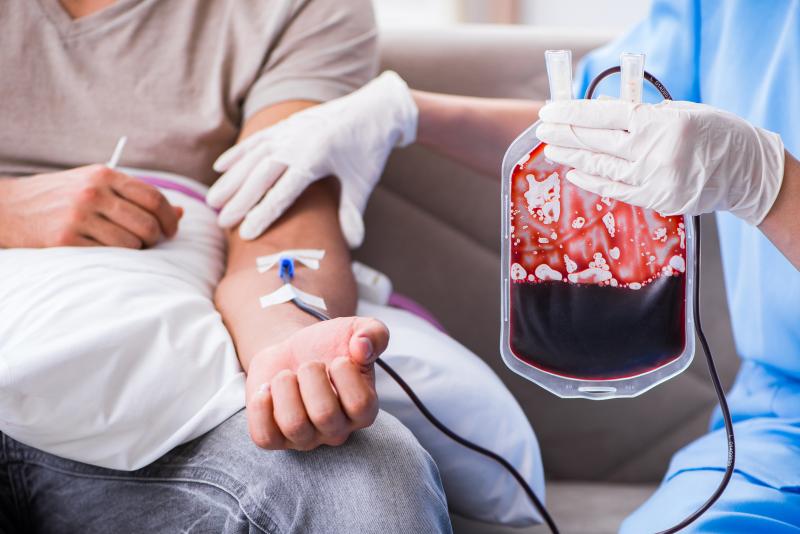
Infants with a single ventricle or a complex ventricular anatomy are at greater risk of needing red blood cell transfusions (RBCTs) after paediatric cardiac catheterization, a recent study has shown.
Researchers reviewed 6,029 children who underwent cardiac catheterization from 2012 to 2017. The primary outcome was the need for RBCTs within 72 hours of the procedure, assessed in relation to patient and procedural factors, such as length of operation, diagnosis and blood loss.
A total of 831 RBCTs occurred within 72 hours of the procedure, yielding an incidence rate of 13.8 percent. Of these, 148 took place during the catheterization process, 394 during the early postoperative period and 289 in the late postoperative period. RBCT patients tended to be younger and smaller than their counterparts who did not need the transfusion.
Multivariable analysis revealed that infants diagnosed with complex 2-ventricle conditions were significantly more likely to need RBCT (odds ratio [OR], 3.14, 95 percent confidence interval [CI], 2.18–4.57), as were those with a single ventricle (OR, 5.21, 95 percent CI, 3.42–8.01).
Weight at cardiac catheterization, on the other hand, was inversely correlated with the risk of RBCT (OR, 0.72, 95 percent CI, 0.63–0.81).
The length of the operation (OR, 2.57, 95 percent CI, 2.03–3.26), having a lower preprocedural oxygen saturation (OR, 0.98, 95 percent CI, 0.97–0.99) and low preprocedural haemoglobin levels (OR, 0.71, 95 percent CI, 0.67–0.75) all also emerged as associated factors for RBCT risk.